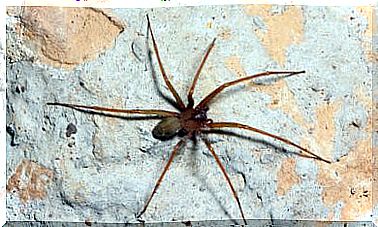Meet 5 Species Of Bats
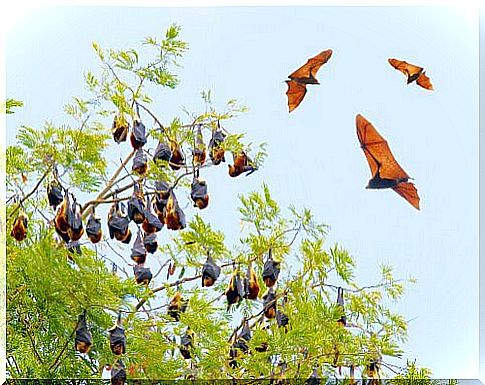
Bats are the only mammals that can fly. Thanks to this unique feature, they managed to establish themselves in almost the entire planet.
Despite superstitions about them, almost all feed on fruit or insects.
We invite you to meet some species of bats, these amazing mammals!
Generalities of bat species
Bats are the second largest family in the animal kingdom, second only to rodents.
It is estimated that there are nearly 1,200 different species, although the number is increasing as new species are discovered every now and then.
There are bats in almost the entire planet: with the exception of the poles, they have spread around the world.
As expected in such a large family, it made them evolve very differently.
Smaller bats weigh only a few grams, while larger bats weigh almost a kilogram.
-
common bat
This is, among the bat species in Europe, the smallest: they measure only six centimeters in length and between 20 and 25 centimeters in wingspan with outstretched wings.
They are brown or grayish, sometimes almost black. The belly has a lighter tone.
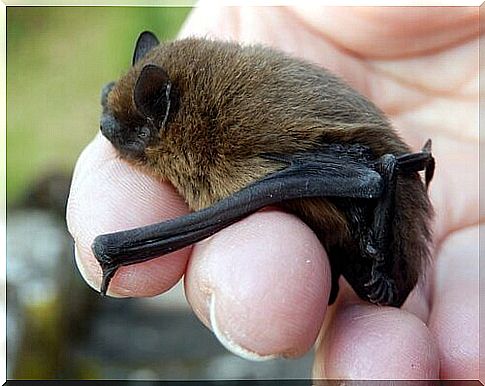
Also, they have small ears and their nose is short.
They hibernate from late autumn until spring arrives. They live in large groups, both while awake and during winter.
This type of bat lives on the other side of the Iberian Peninsula and the Balearic Islands, in urban areas.
These are the small bats that can be seen at dusk on beaches or in villages near forests. They feed on small insects like beetles or mosquitoes.
-
flying fox
Unlike the previous one, the flying fox is one of the largest species of bats in existence.
It feeds exclusively on fruits and flower nectar, so it has an important pollination function in its habitat.
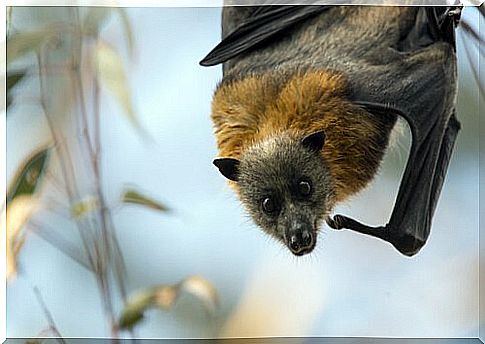
It doesn’t use the echolocation system, but is guided by your sight and smell.
Unlike many other species of bats whose eyesight barely allows them to distinguish blurry shapes or obscurity.
As its name implies, its face resembles that of a fox. It has a long, pointed snout, large eyes compared to other animals of its species, and erect triangular ears. Its fur is reddish.
It lives on some islands in Oceania: the Malay Peninsula, the Philippines, Sumatra, Borneo…
It was not considered to be in danger of extinction, although there is little alarm that its population is declining. Therefore, it is being closely monitored.
-
Vampire
Vampire bats are suborders of the species. Of these, only three feed on blood, despite what the legends say.
Physically, they differ from fruit bats in that they have a short snout and small ears.
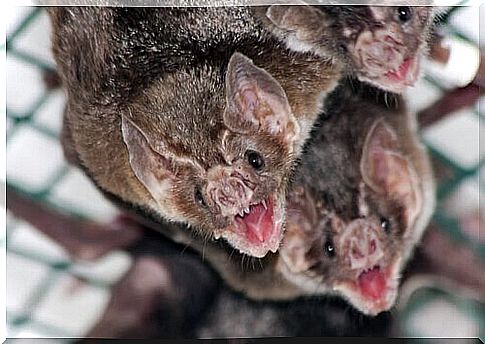
In order to achieve their unique diet, they are able to see the infrared radiation emitted by bodies containing blood and clearly hear the slow breathing of sleeping animals.
They know where the arteries are located, which is easier to access, and when the best time to approach them.
Unlike other bats, they are nocturnal and only come out when it’s completely dark.
Their prey is usually oxen, cows, goats or birds, and there is a species that can also feed on humans.
These three species have spread throughout the Americas: they can only be found in certain parts of Mexico, Chile, Argentina and Brazil.
The biggest danger they pose to humans is the transmission of parasites or viruses, such as rabies, although their transmission is very rare.
-
Kitti Pig’s Nose Bat
As the name implies, the most striking feature of this animal is its nose, which resembles a pig’s snout.
But the similarities end here, as this bat is much smaller than pigs: it weighs just two grams and is considered one of the smallest mammals in existence.
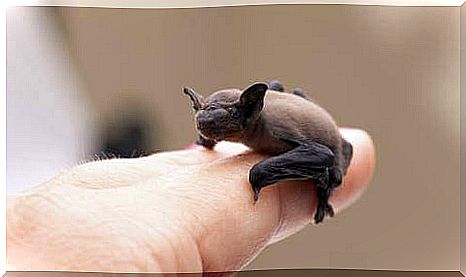
He lives in western Thailand and part of Burma. It inhabits very humid areas, such as in caves near riverbanks. It is considered to be in danger of extinction.
-
eared bat
This is another of the species of bats that live on the Iberian Peninsula. However, it prefers to live in wooded areas far from human settlements and in treetops.
As its name implies, its ears are unusually long and, when at rest, turn towards the back of the head.
The ears are so big that they can double in size in relation to the head. Your body is medium in size.
It measures between three and six centimeters in length and almost 25 in wingspan (wing to wing), and its ears are easily distinguishable.
Bats often appear in horror stories, but nothing is further from reality.
The vast majority eat fruits or insects and are harmless to humans. Many have the function of pollinating and controlling insect pests.




